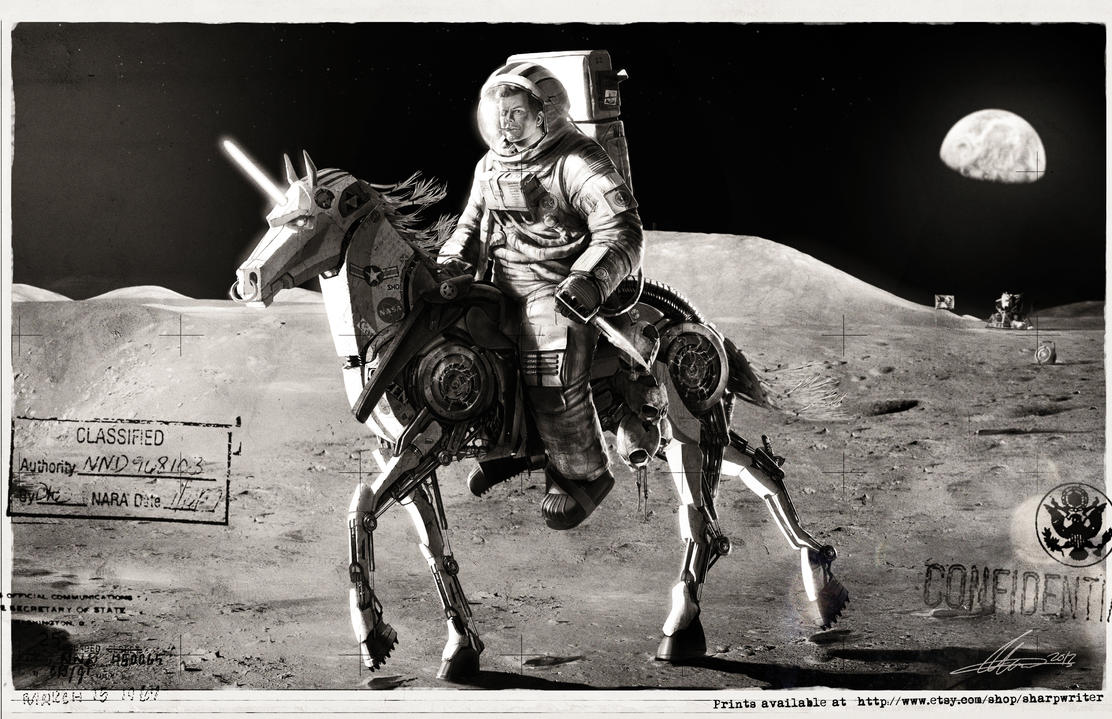
Burr, most commonly known as the man who shot and killed Alexander Hamilton in their infamous duel, was also considered an avid equestrian during his day. In truth, Burr was actually disgusted by the smell of horse manure as well as terrified of falling from the back of a spooked horse, having suffered an injury as a child when he was thrown from a pony that saw a snake. However, one fact about Burr that was not widely publicized was that he was an excellent mechanic. In an age where machinery was fairly rare and usually very bulky and simple, Burr's spent many evenings tinkering in his cellar on contraptions so exquisitely crafted they would put many modern marvels to shame.
Burr's favorite hobby was crafting mechanical animals. His creatures ranged from small rabbits and squirrels that could be wound up to move and even make noise, to larger creations including a dog and a life-sized giraffe based on one he had seen as part of a French nobleman's private collection years earlier. In 1789, Burr's love for riding and tinkering merged in what is his longest lasting if not all-around greatest work, Charlie the horse. This wind up mechano-horse took 7 months to build, and supported the weight of a 180lb man. Almost unbelievably, if properly wound (a process that took 2 men several hours to complete), Charlie could run at a gallop for over 20 miles. Burr in fact won several races before losing the horse in a poker game to a man named John Nash in 1802.
From there history gets a little hazy as it often does. To be honest, we are not sure where Charlie traveled in the years following his parting with Aaron Burr, but we do know that the horse resurfaced in 1954 when it was purchased by the Kennedy family in an estate sale. The fact that it was still in such pristine and working condition is considered to be one of the original inspirations for the space program, evidenced by JFK's one-time quote "We are the new cowboys. Where they rode into the sunset, we choose to go to the moon." Thus we establish the origin behind Charlie's inclusion in Kennedy's famous ride, solidifying once again the rippling impact our founding generations have had throughout history.
Cheers,
The Lost and Founders
No comments:
Post a Comment